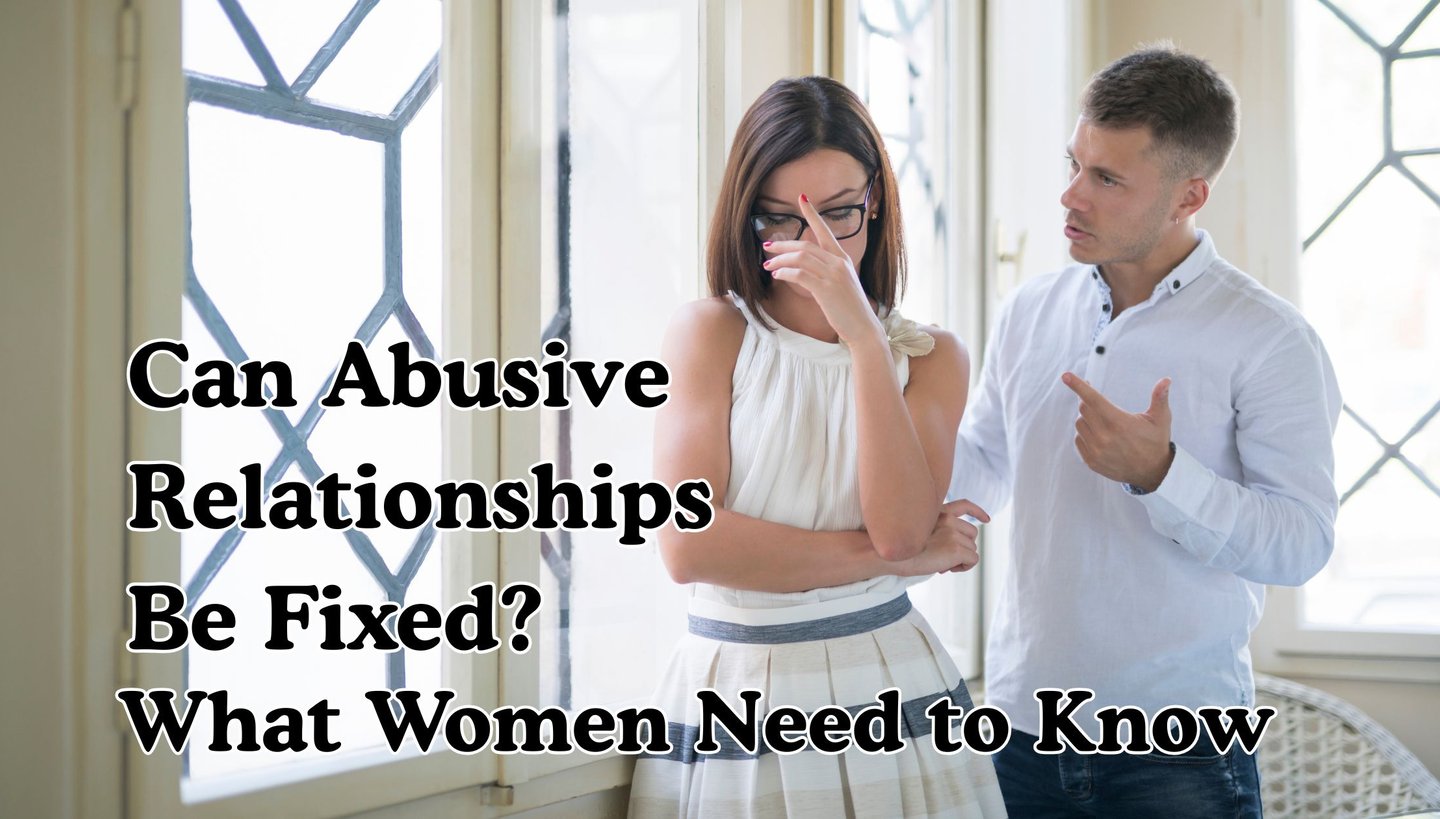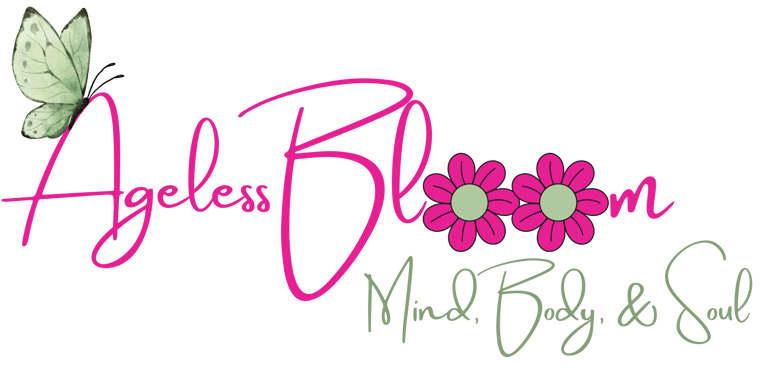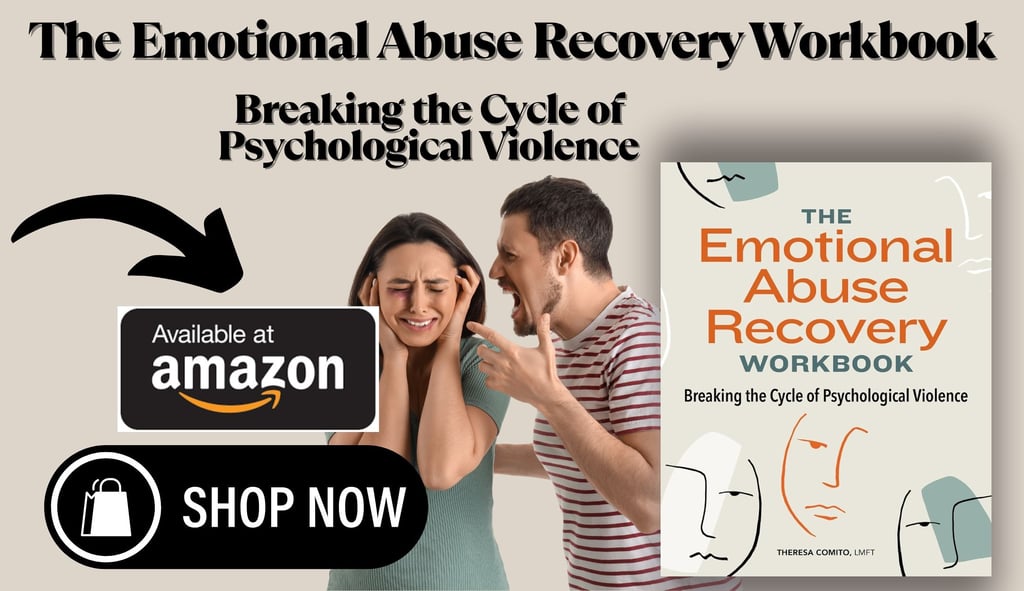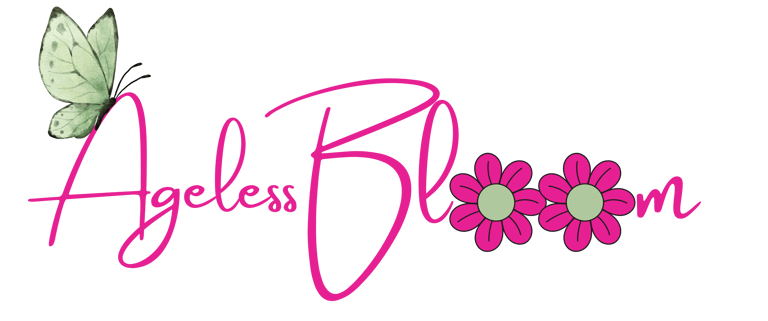Can Abusive Relationships Be Fixed? What Women Need to Know
Can Abusive Relationships Be Fixed is the core question here. Learn warning signs, what change requires, safer exits, and support women can use today.
RELATIONSHIPS
Shari Smith
10/21/20257 min read
As an Amazon affiliate, we earn commissions at no extra cost to you if you click our links and make a purchase.


If you feel stuck in a loop of hurt and hope, feeling lost, you are not alone. Many women wonder if things can change or if leaving is the only path.
The question, can abusive relationships be fixed, sits heavy because the stakes are high and the decisions involved carry so much weight. Being in an abusive relationship often leaves you questioning every moment.
Abuse is not only bruises. It can be insults, blame, threats, silent treatment, control over money, tracking your phone, or forced sex.
It can look like love one day and fear the next. If you feel small, scared, or constantly on edge, that is a warning sign.
So, can abusive relationships be fixed? Sometimes behavior can shift with serious accountability, professional help, and time, but only when safety is secured first.
Real change means the abuser takes full responsibility, stops excuses, seeks consistent therapy/counseling, and you have support. Without that, the cycle of abuse repeats.
This post draws on insights from domestic violence organizations and licensed experts. You will learn what abuse looks like, what real change involves, and when to set firm boundaries or leave.
You will also see how to build a safety plan, how therapy fits in, and where to find support that believes you.
No judgment here, only clarity, care, and next steps you can control. As you read, notice how your body reacts and what feels true.
Keep a small list of what matches your experience, even if you are not ready to act yet.
Let’s move into the basics so you can spot patterns early and protect your well-being, starting with the key signs of abuse.
If you want a quick, expert perspective, this video offers a useful starting point:
Use it as information, not a substitute for safety planning or professional help. Trust your gut, and take only the steps that feel safe.

How to FIX an Emotionally Abusive Relationship | Dr. David Hawkins
Watch Video...
Spotting the Signs of Abuse in Your Relationship
Abuse often starts small, then grows. It can look like care, then control. Noticing early patterns helps you decide if change is possible and if safety steps come first.
If you are asking can an abusive relationship be fixed, start by spotting the signs of abuse in your relationship with clear eyes.
Emotional Abuse and Verbal Abuse: The Hidden Hurts
Emotional abuse chips away at you over time. You may start doubting your memory, your choices, even your self-worth. This makes repair harder, since shame and confusion keep you stuck.
Common red flags:
Gaslighting: They deny what happened or twist facts until you doubt yourself.
Name-calling and put-downs: Jokes that sting, “You are crazy,” or constant blame.
Isolation: Your partner complains when you see friends, or guilt you for family time.
Control over daily life: They critique clothes, food, money choices, or who you text.
Impact on you:
Lower self-esteem and self-trust.
Walk on eggshells, constantly monitoring your emotional state to avoid conflict.
Second-guessing your reality and needs, which can leave you feeling lost in life.
What the data shows:
According to the CDC, about 47% of U.S. women report psychological aggression by an intimate partner in their lifetime.
The National Domestic Violence Hotline also notes emotional abuse as one of the most common concerns people share.
Try small steps to get clarity:
Journal incidents with dates, words used, and how you felt—finding clarity through this practice can reveal hidden patterns.
Tell a trusted friend and ask questions to gain their perspective on patterns they see.
Recognizing these patterns is the first step toward self-awareness and deciding if change work is even possible.
Physical Abuse and Controlling Abuse: When Danger is Real
Physical acts, like hitting, restraining, or blocking exits, are serious safety risks. Control tactics, such as tracking your phone, reading messages, or controlling money, are unhealthy habits rooted in power and control that often escalate into threats or violence.
Warning signs to note:
Hitting, shoving, grabbing, or destroying property.
Monitoring devices or accounts, surprise check-ins, or pressure to share passwords.
Threats toward you, kids, pets, or self-harm threats to keep you compliant.
When these are present, can abusive relationships be fixed without major intervention? Almost never. It takes accountability, specialized batterer intervention, and a safety plan for you.
Act now:
Create a safety plan: Pack essentials, plan a code word with a friend, memorize key numbers.
Document injuries and threats when safe to do so.
Reach out to local advocates or the National Domestic Violence Hotline for confidential support.
Safety comes first. The abuser's promise of change is only credible if your life and well-being are protected.
Is Fixing an Abusive Relationship Possible? What the Experts Say
Fixing an abusive relationship is rare, according to experts. Can it be done?
Some couples report change, but psychologists and groups like RAINN warn it's unlikely without accountability and a strong support system.
They're clear: safety comes first, real change takes years, and the abuser must own the problem by accepting responsibility.
For the victim, staying for kids or hope alone is risky and can lead to depression. Leaving is often safer.
Steps to Attempt Repair If Both Partners Are Committed
If you and your partner choose to try for reconciliation, set strict guardrails. Real progress depends on the abuser taking full responsibility and doing the work consistently.
Setting these up and creating a safety plan might feel overwhelming at first, but it's essential for protection.
Immediate safety plan: Identify safe contacts, code words, and emergency numbers. Keep documents and essentials ready.
Full accountability: No excuses. No blame shifting. No alcohol or stress as a reason. The abuser must take responsibility without minimization.
Specialized intervention: The abusive partner enrolls in a certified batterer intervention program to unlearn old patterns and shift abusive behavioral mental models. Anger management alone is not enough, but it can support skills.
Individual therapy: You get your own therapist or advocate. Focus on trauma, boundaries, self-reflection, and rebuilding confidence.
Boundaries in writing: Spell out non-negotiables that reflect your core values. Examples include no yelling, no monitoring, and no threats. These provide clear direction for the relationship and attach clear consequences.
Joint therapy only when safe: Consider couples counseling after violence has stopped and safety is stable. Choose a therapist trained in domestic abuse, ensuring both partners are ready.
Monitor progress: Track actions and take action, not promises. Look for signs of change and sustained effort over months, not days—true commitment to change means the abuser wants to change and will make amends through consistent behavior.
Exit plan: Decide in advance what ends the trial. Escalation or repeated violations mean you leave.
Success stories exist, but they are uncommon. Most experts say change is rare without consequences from the law, community, or separation.
Red Flags That It's Time to Walk Away
If you see these patterns, protect your safety and self-worth.
Repeated promises without action
Denial or minimization of abuse
Blaming you, stress, or alcohol for their behavior
Escalation in threats, monitoring, or violence
Retaliation after you set boundaries or seek help
Isolation tactics, like blocking friends or money
Pressure to skip therapy or quit support
Using children to guilt or control you
When you ask can abusive relationships be fixed, weigh actions against words. If change is not steady and verified, choose you. Your safety, health, and future matter.
Your Path to Healing and Safety After Abuse
Safety comes first, then healing. If you are asking can abusive relationships be fixed, you also deserve tools to stay safe while you decide—especially if you're feeling lost at the start of this journey.
You can move forward, step by step, with people who believe you and plans that protect you.
Healing from abusive relationships is possible, and your next move can be quiet, planned, and yours.
Building a Support Network and Safety Plan
You do not have to do this alone. Start by telling one safe person who will not repeat what you share. Choose someone steady, like a trusted friend, a partner, a sibling, a coworker, or a therapist. Add professional support, since they know the patterns and the risks.
Helpful contacts to keep handy for domestic violence support:
National Domestic Violence Hotline: 1-800-799-SAFE (7233), TTY 1-800-787-3224, or chat at thehotline.org
Local shelters and advocacy centers for safety planning and housing
Support groups for women to rebuild confidence and reduce isolation, especially if you feel disconnected from others.
Create a simple, quiet exit plan. Pack a small bag and store it outside your home if you can. Once you're out, establishing a routine can help create stability and structure in your daily life.
Essentials: ID, keys, cash or gift cards, meds, copies of important documents, a spare phone, a charger, and a change of clothes.
Proof: Photos of injuries, threatening messages, and a dated log of incidents involving the abuser.
Signals: A code word with a friend, a planned route, and a meeting spot.
Tech safety: Turn off location sharing, change passwords, and use a safe device to research help.
Know your legal options. You can ask an advocate about restraining orders or protective orders, and how to document abuse for the court. Police reports and safety checks can create a record and may deter further harm.
Keep your plan private, and act when it is safest for you.
Therapy supports trauma recovery and healing for victims, including practices of self-care to nurture your well-being along the way and address old coping mechanisms. Look for someone trained in abuse and PTSD.
In time, you can spot signs of a healthy relationship, like respect, consent, honesty, room for friends and goals, and no control. Therapy also aids in rediscovering your personal purpose and clarifying your life direction, helping you find new meaning in life.
Many women leave, heal, and thrive through this personal growth. Your story can change too, offering a chance to reinvent yourself, and you get to write the next chapter.
Conclusion
Abuse is never your fault, and your safety comes first. Fixing an abusive relationship is hard, rare, and not always the healthiest choice.
The real answer to "Can Abusive Relationships Be Fixed?" is yes, but only with safety, full accountability, and expert help; your well-being matters more than any promise.
Don't fall into the comparison trap by measuring your situation against others' success stories—focus on your own path and relationship survival that honors your personal well-being above all.
If you're feeling lost, take action today by reaching out to a trusted hotline or advocate, and remember that seeking help often means stepping outside your comfort zone on the path to healing.
To make clear choices, avoid distractions when journaling what you feel and what you need tonight, or when creating your safety plan. You deserve respect, peace, worthiness, and joy, and you have the right to take back control of your life.










